History of Gymnastics
History and Evolution of Gymnastics
Artistic, Rhythmic, and Trampoline and Tumbling
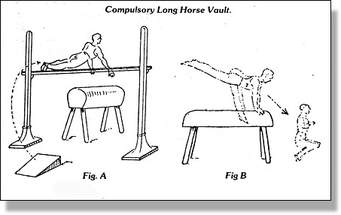
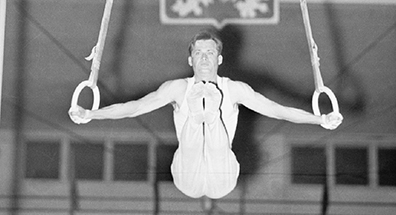
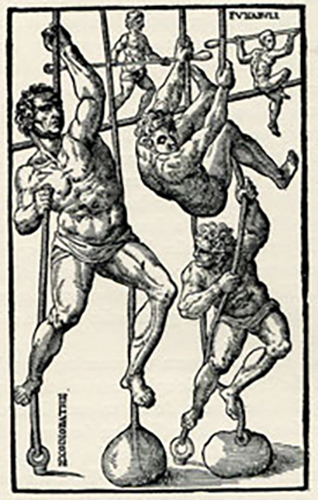
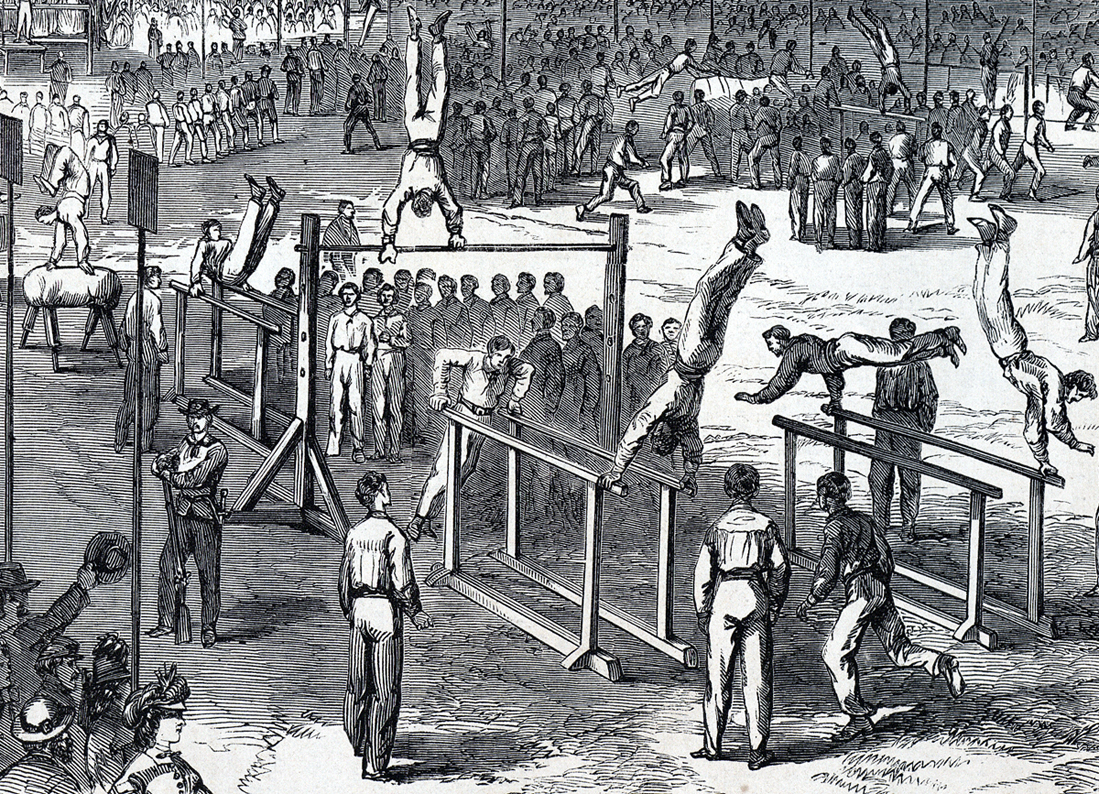
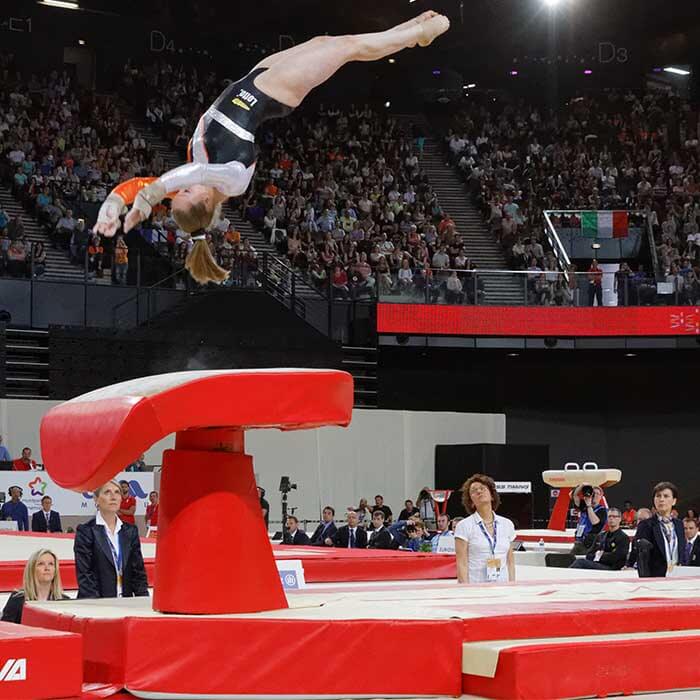
A Timeline of Gymnastics History: from ancient Greece to 1970
• 500 yrs. B.C.: Greeks: sporting events, tumbling, rope climbing, hand balancing.
• 1793 first text of gymnastics by GutsMuths for use in fitness training and education of youth.
• 1811 Fredrich Ludwig Jahn – open air gymnasium; German Turnverein organization in 1821.
• 1862 Miroslav Tyrš forms Sokol Prague and establishes the Sokol movement.
• 1881 Federation of International Gymnastics formed.
• 1883 American Athletic Union begins governing gymnastics.
• 1896 First modern Olympics (Athens) incudes gymnastics.
• 1928 First women’s gymnastic competition in the Olympics.
• 1963 United States Gymnastics Federation (USGF) becomes the governing body.
.•1970 United States Gymnastic Federation becomes USA Gymnastics.
Gymnastics in 500 BC in Greece
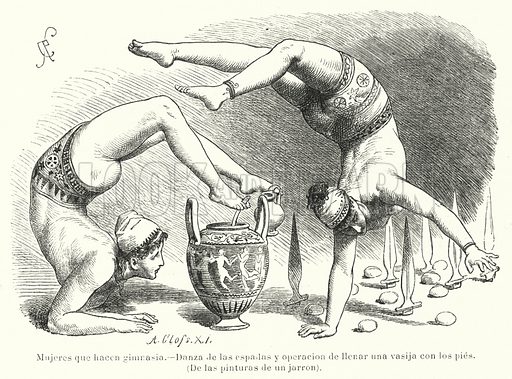
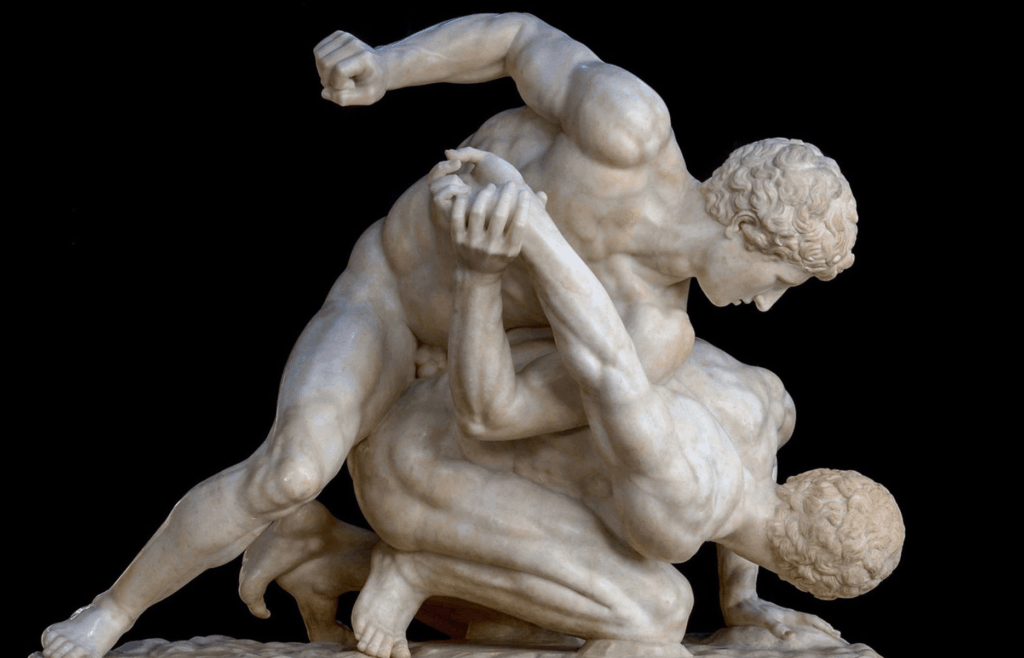
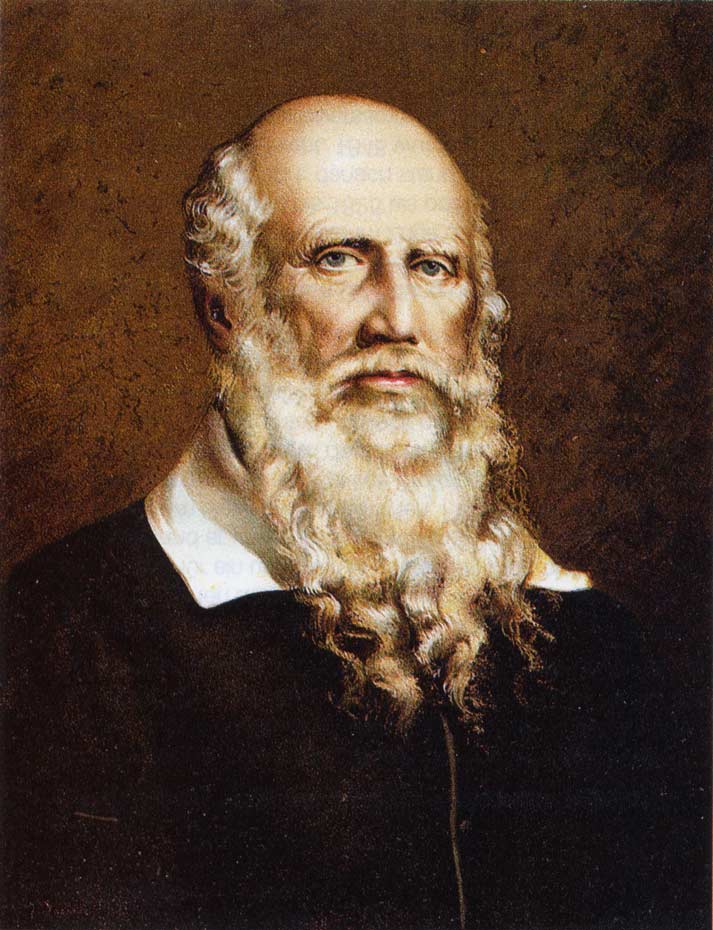
Friedrich Ludwig Jahn: Father of Gymnastics
In 1811 Jahn opened an outdoor gymnasium (lower left photo). He utilized equipment like that of Johan GutsMuths who is considered the grandfather of gymnastics and is the author of the 1793 book, Gymnastik Für Die Jungend (Gymnastics for the young). Jahn promoted the use of parallel bars, rings and the horizontal bar for fitness and competition. He began the Turnverein movement as a means of unification of German states, and by 1825 Turner clubs began opening in the US.
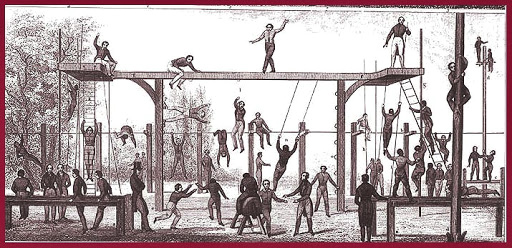
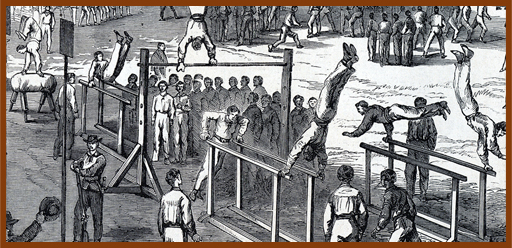
Turnverein and Sokol: Common Origins: Fitness, Culture, and Nationhood
German Turnverein established in 1821 by Friedrich Ludwig Jahn (Father of Gymnastics)

Turner and Sokol gymnastics both utilized the same equipment; not surprisingly Sokol followed the Turnverein model, since the Sokol movement originated 41 years after the first Turnverein. Another similarity was that both were based on nationalism and uniting their people.
Although mass exercise displays were included in both organizations, they were more extensive and central to the Sokol movement.
Lacking government support for their movement, many Turnverein members left Germany in the mid 19th century, because Turners were involved in the 1848 revolution and were viewed as radicals. Sokols played a major role in the establishment of Czechoslovakia in 1918.
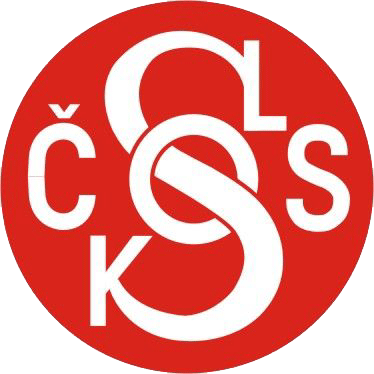
Swedish Gymnastics (Swedish Movement Cure)
Four branches of Swedish Gymnastics
1.Physical education
2. Military gymnastics (fencing)
3. Medical (massage, physical therapy)
4. Aesthetic gymnastics (dance)
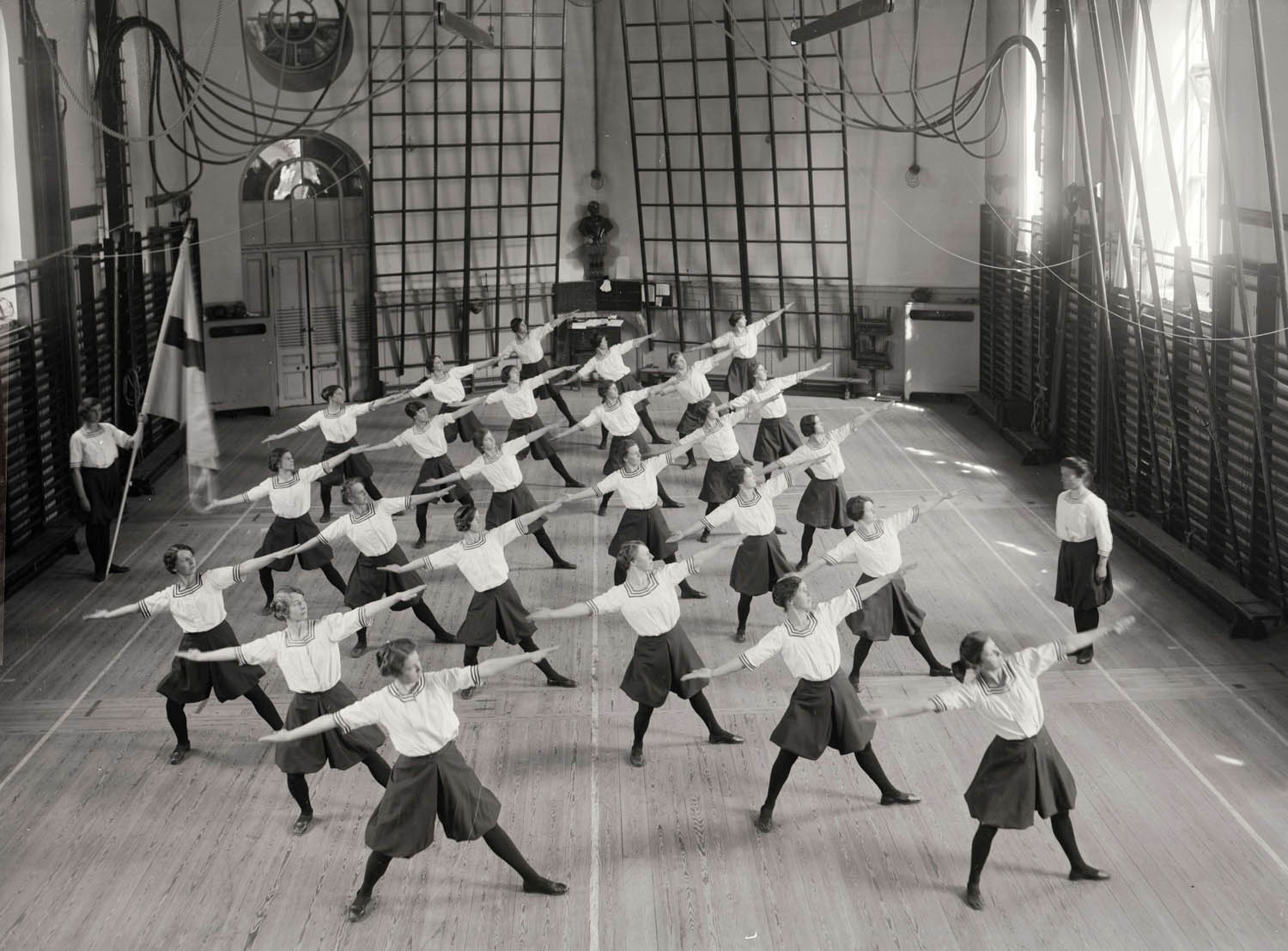
Some components of Swedish Gymnastics
• exercises with a partner (top right)
• utilization of wall bars (bottom right)
• vaulting box – height adjusted by adding or removing sections (below)
• emphasis on graceful floor exercises
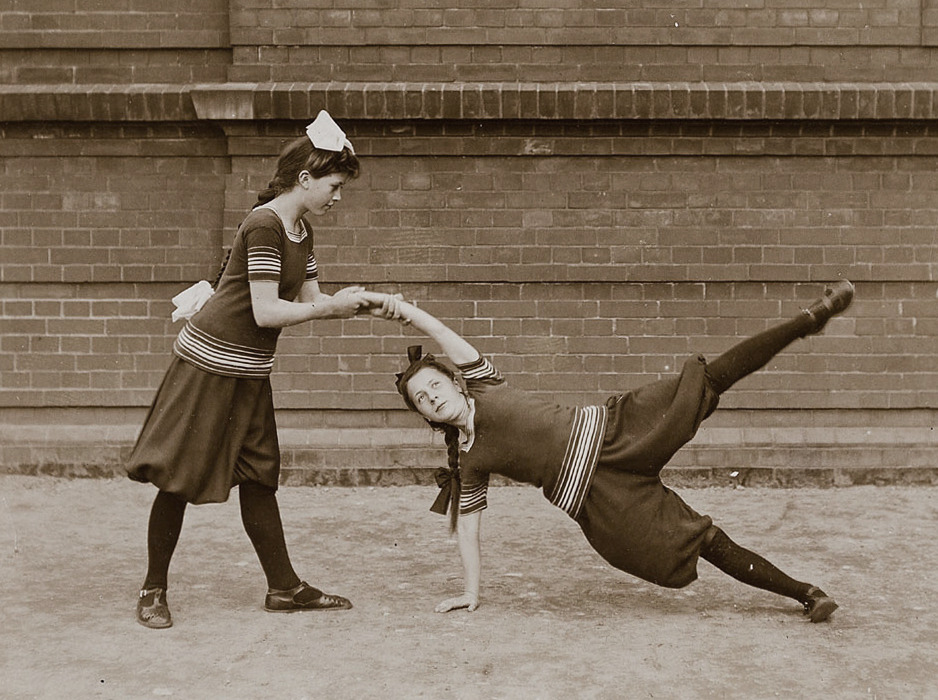
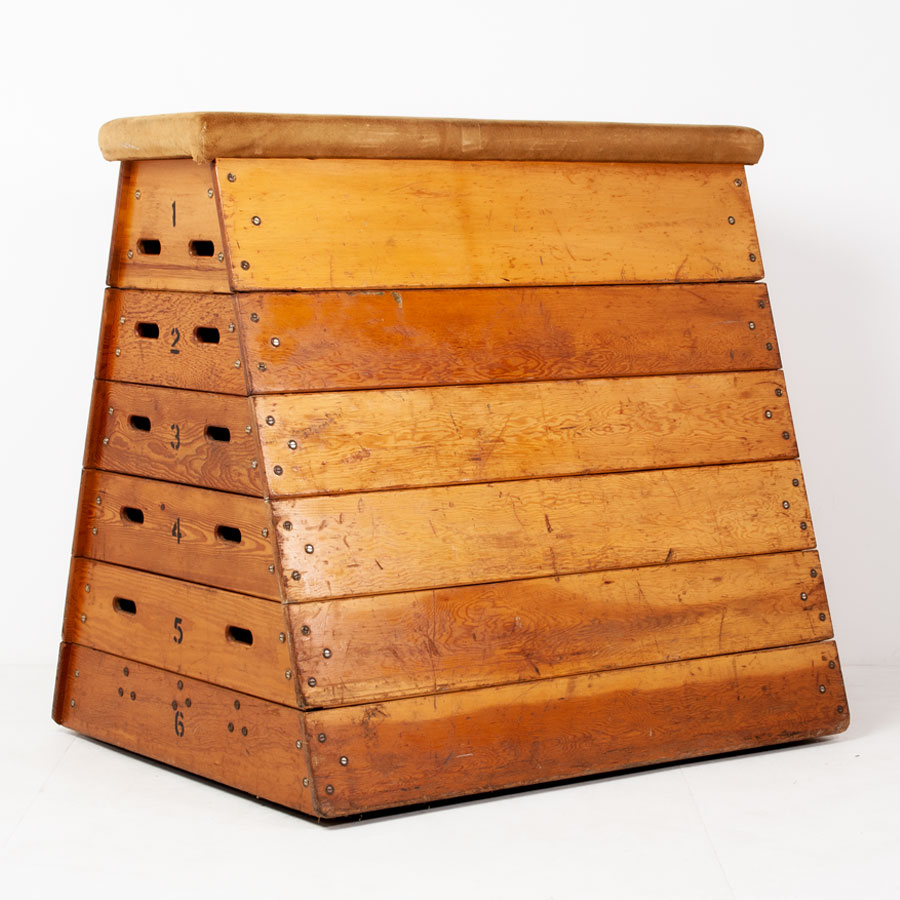
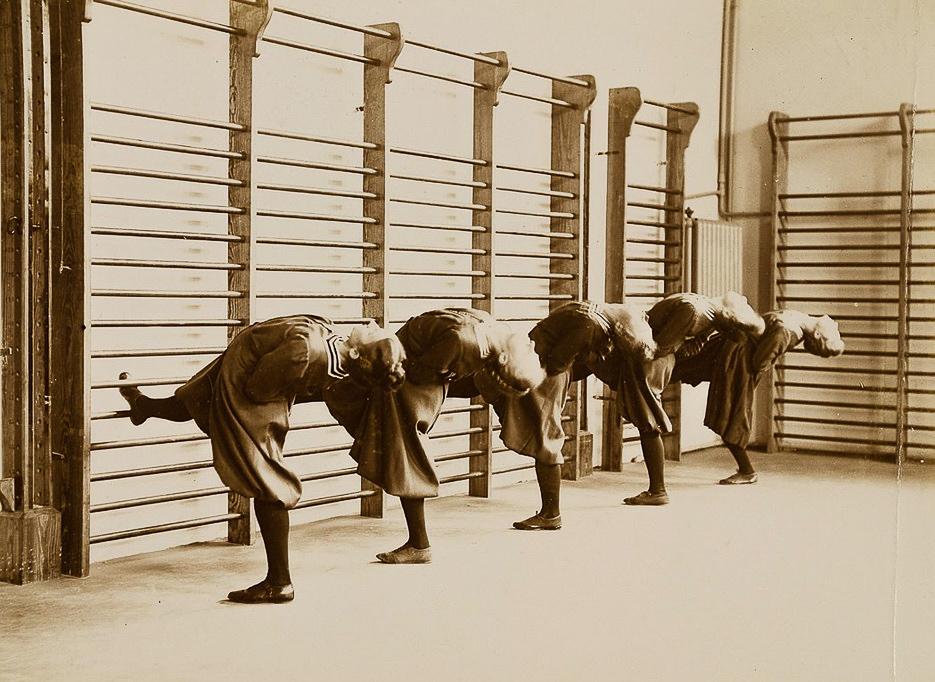
Gymnastics Comes to America
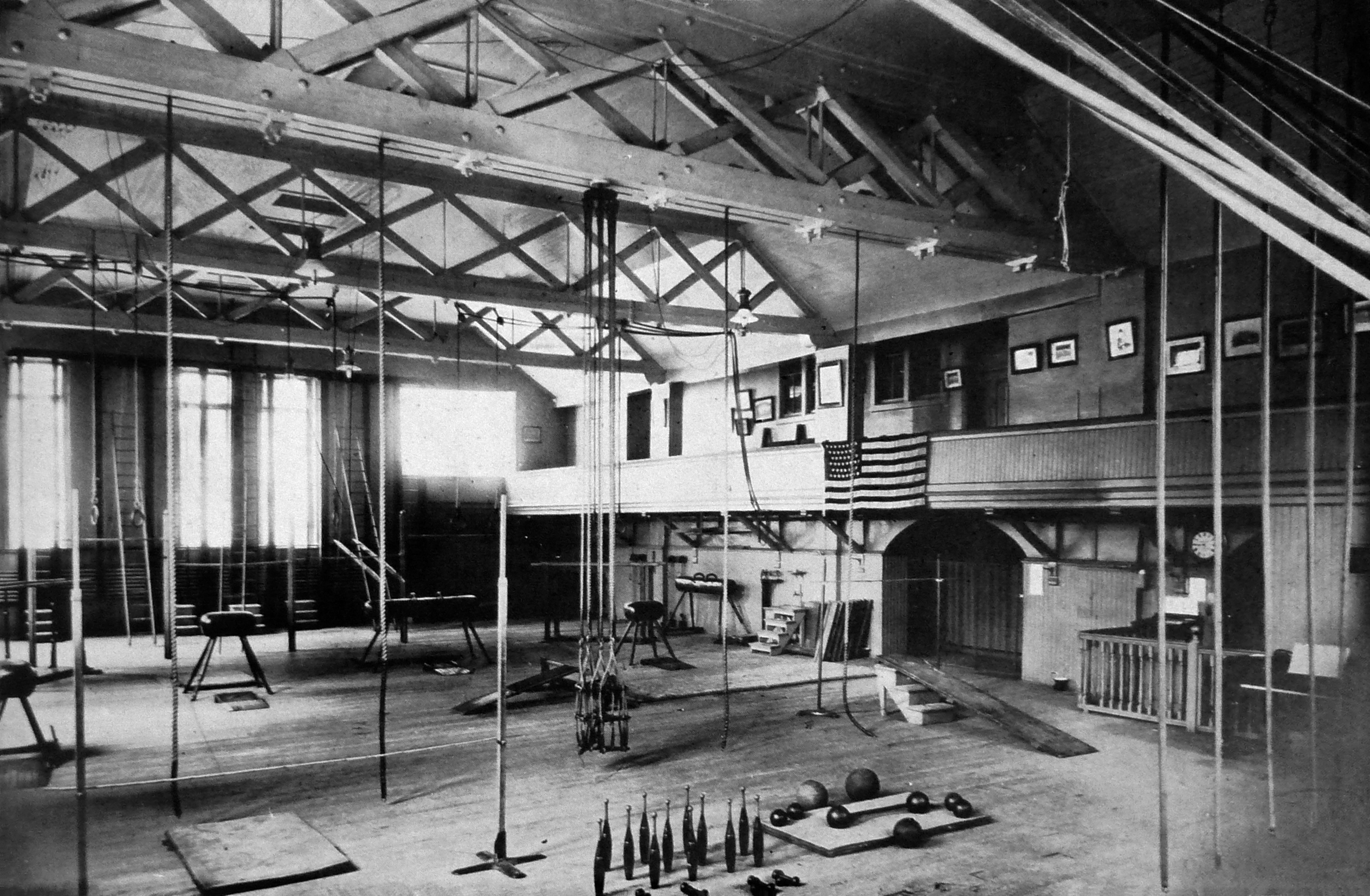
• Czech immigrants formed the first Sokol club in 1865 in St. Louis Missouri.
• The YMCA had gymnastic equipment as early as 1868, and later began training gymnastic coaches at Springfield College in Massachusetts.
• Swiss Turnvereins were established in the Eastern US during the late 19th century.
• Growth of gymnastics in high schools occurred after world War I, and again after World War II.
• The Turnverein system of gymnastics played a major role in the physical education programs in the US.
Gymnastics in Young Men’s Christian Associations (YMCAs)
• 1938 – first National YMCA Gymnastics Championships
• 1965 – first National YMCA Women’s Gymnastic Championships
• Most notable YMCA-trained gymnasts: Abie Grossfeld, 2-time Olympian and 5-time Olympic coach; Linda Metheny, 3-time Olympian; Joyce Tanac, a national AAU champion and Olympian.
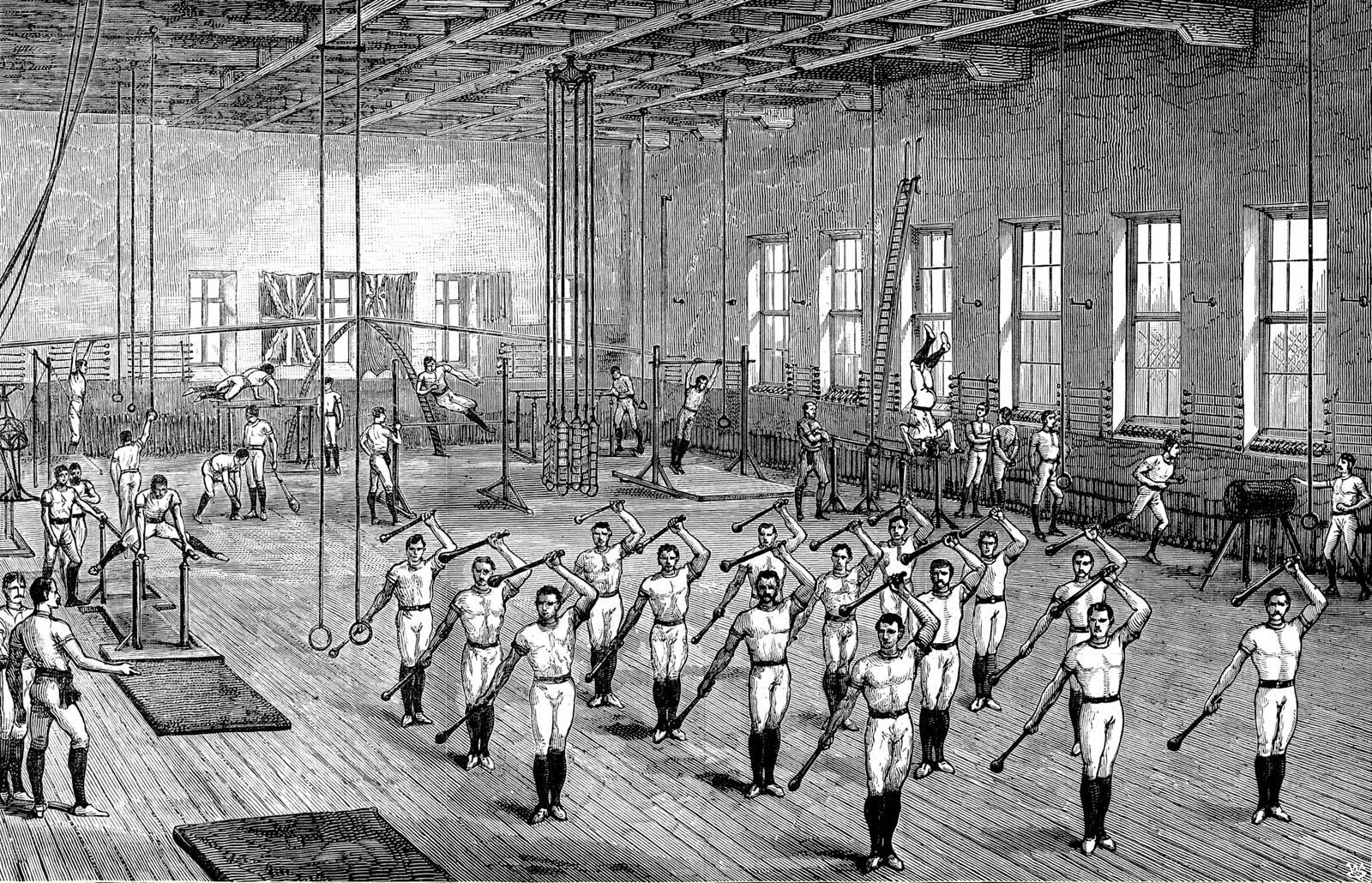
Early 19th Century Gymnasium in the United States
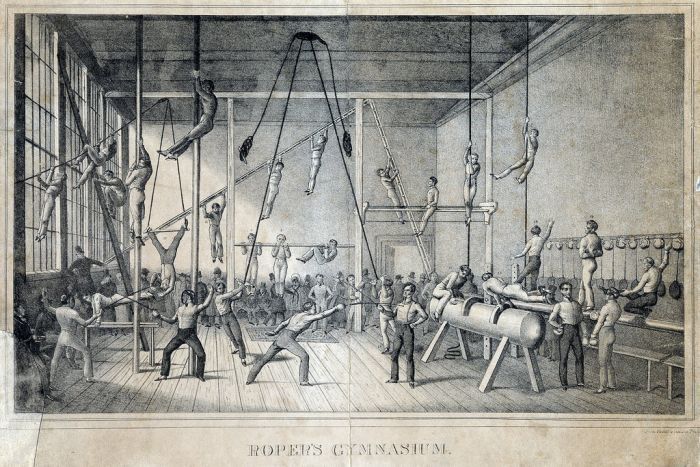
Gymnastics in American Schools
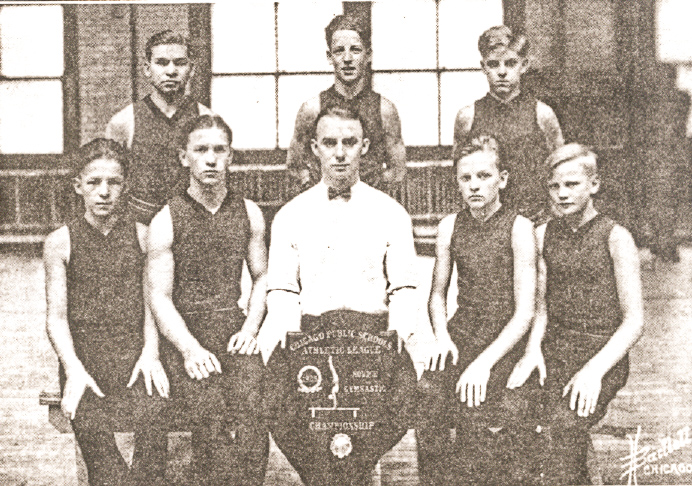
• 1950 – 1970 Gymnastic programs in colleges and high schools grew nationally.
• Girl’s and Women’s teams were established later.
• Men’s college teams numbered 210 in 1999; by 1986 only 56 colleges had men’s teams, and in 2021 only 17 teams remained.
• Women’s college gymnastics became official in 1982 and the number of teams has grown substantially.
US College Gymnastics
1938 Men’s Gymnastics an NCAA sport
1982 Women’s gymnastics an NCAA sport
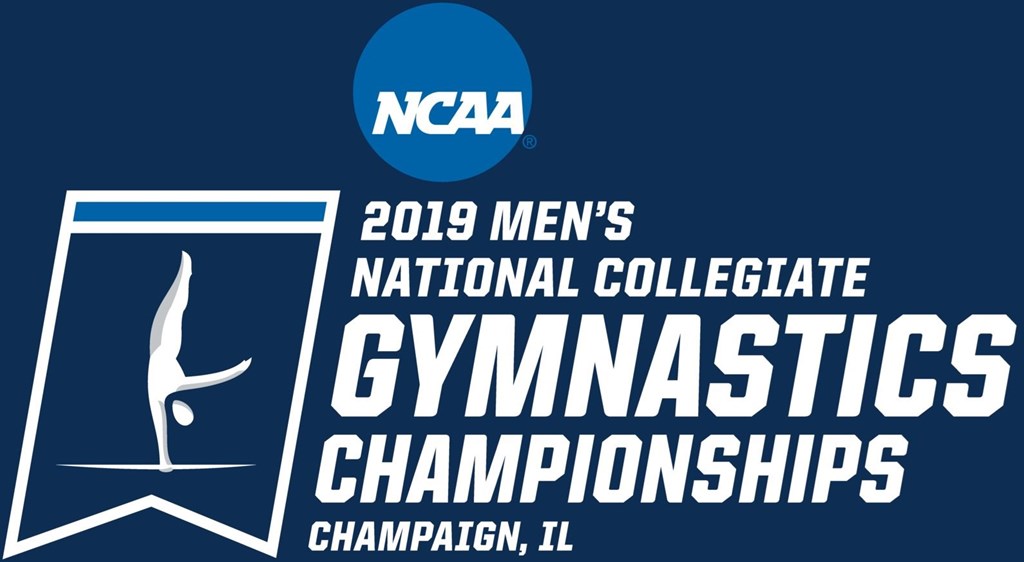
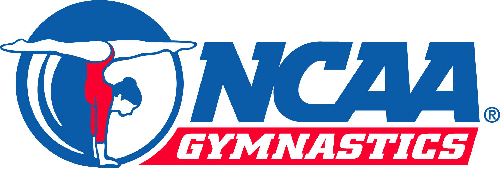
The Rise and Fall of US Men’s Collegiate Gymnastics
• Gymnastics as a men’s NCAA sport grew in the 1950s and 1960s; by 1969 there were 210 colleges with men’s gymnastics teams. But by 1983 that number decreased to 71.
• The substantial loss of college men’s gymnastics continued and by 2001 only 21 schools had programs.
• The 2021-2022 season listed only 11 schools with men’s teams, i.e., 90% of the teams in 1969 had been dropped. Moreover, high schools with gymnastics programs has dwindled with only 104 having programs.
• Women’s programs have grown and survived as evidenced by the fact that, as of the 2020-2021 season, 89 colleges sponsor teams, and 1,578 high schools have girl’s programs.
• The decline in men’s and boy’s gymnastics programs in schools is limiting the training programs for US international teams. This means that private clubs are becoming the source of US international teams. But effort is being made to establish gymnastic clubs attached to universities.
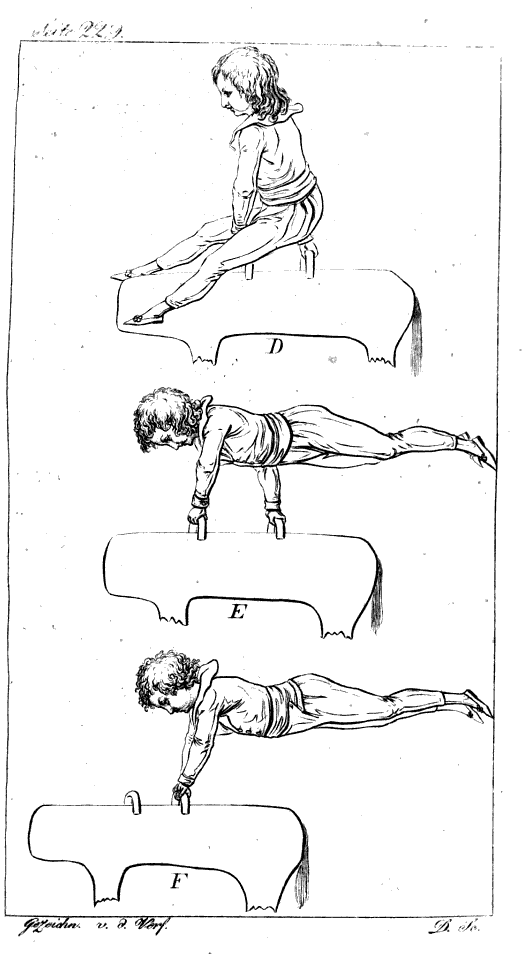
Development of the Pommel Horse for Competitive Gymnastics
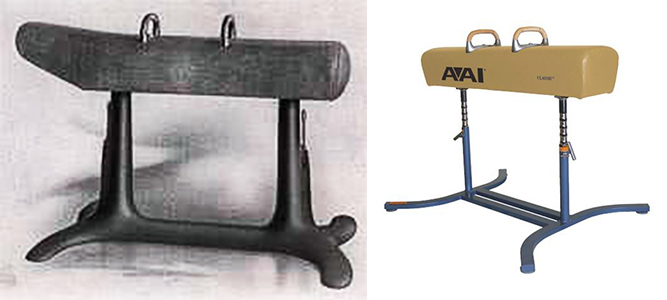
Evolution of the Vaulting Event for Men and Women
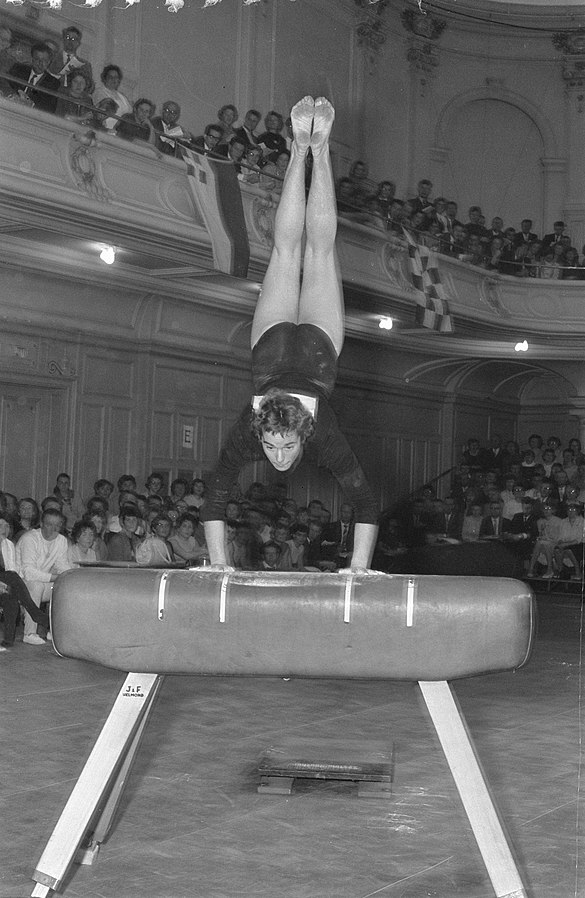
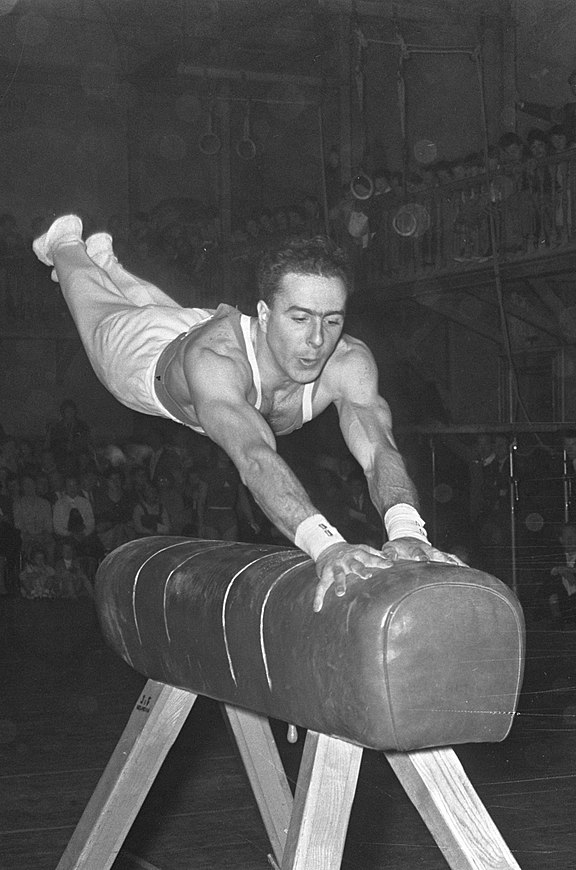
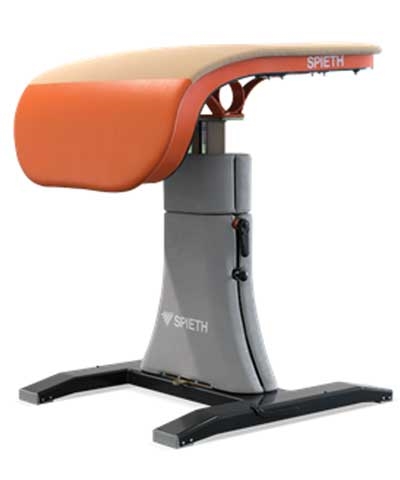
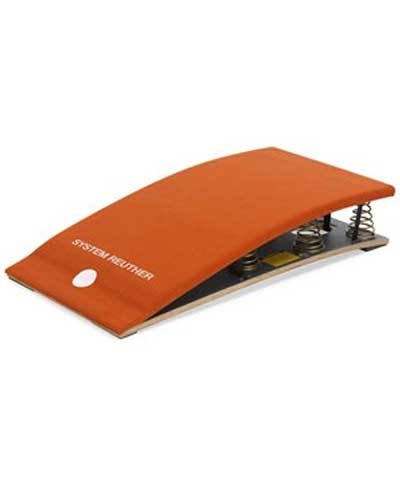
From Parallel to Uneven (Asymmetric) Bars
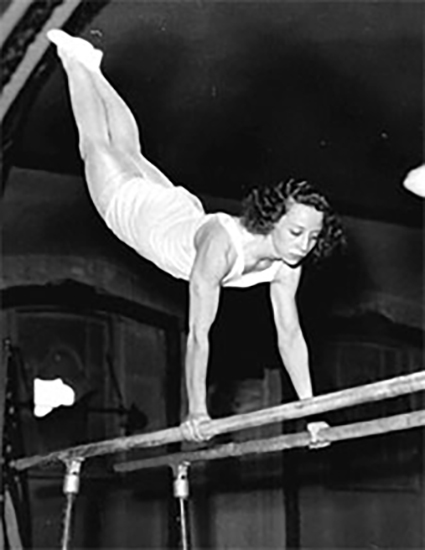
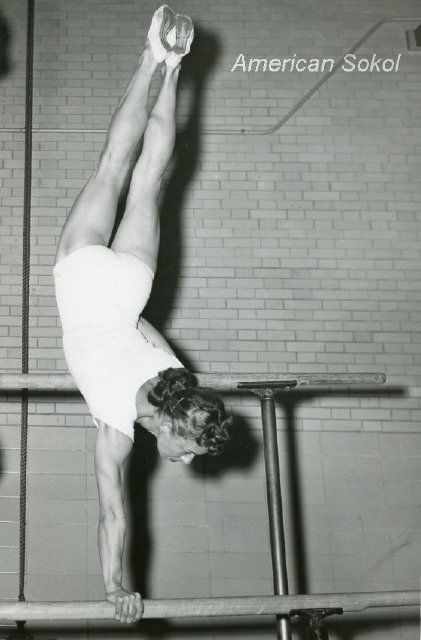
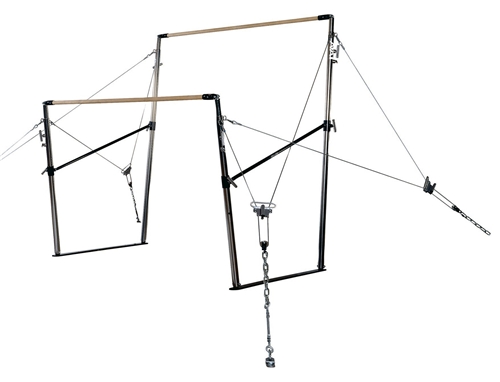
Evolution of the Rings Gymnastics Event
• Swinging apparatus consisting of hanging triangles, introduced in Germany in early 19th century, is the forerunner of rings as a gymnastic event.
• Later steel rings relaced the hanging triangles and were used as swinging (flying rings) and their use persisted in schools into the 20th century. In the US, swinging rings were used in competition for several decades. Steel rings (as seen in the top photo) were often covered with leather.
• Rings of laminated wood replaced the steel rings (bottom photo), with official dimensions: 18 cm inside diameter & a 28mm thickness.
• In the US, the national AAU competitions between the 1940s and 1951 alternated years between still and swinging rings. Since the 1960s, only still rings are contested. Women’s National AAU competitions included swinging (flying) rings from 1933 to 1957.
• During the early 20th century, men’s routines on the rings emphasized strength skills, but since the 1960s swing movements are also required.
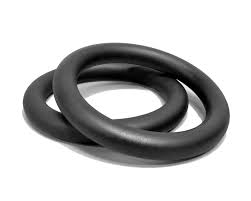
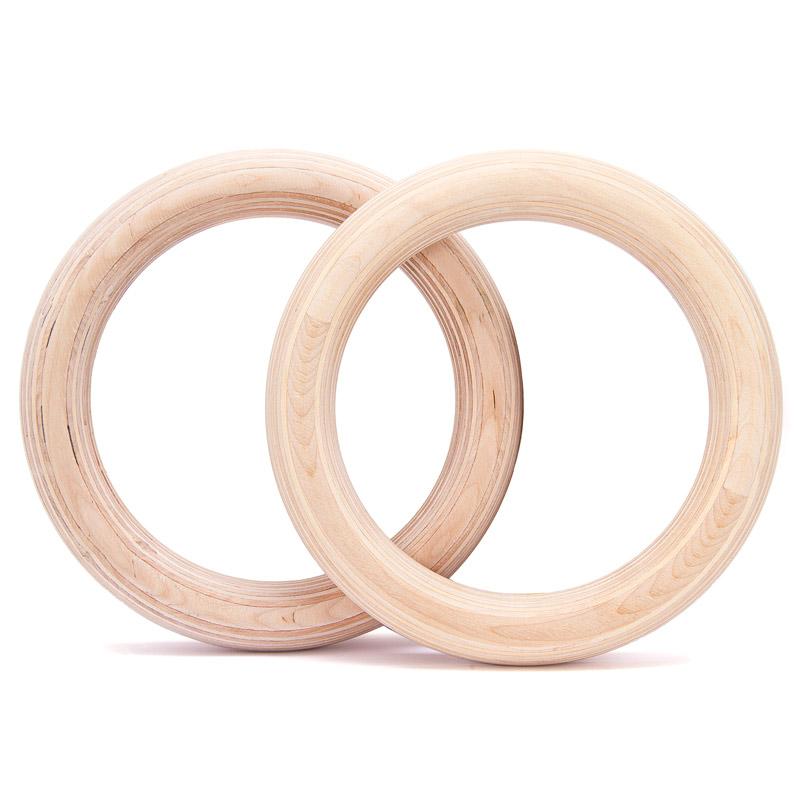
Evolution of Floor (Free) Exercise
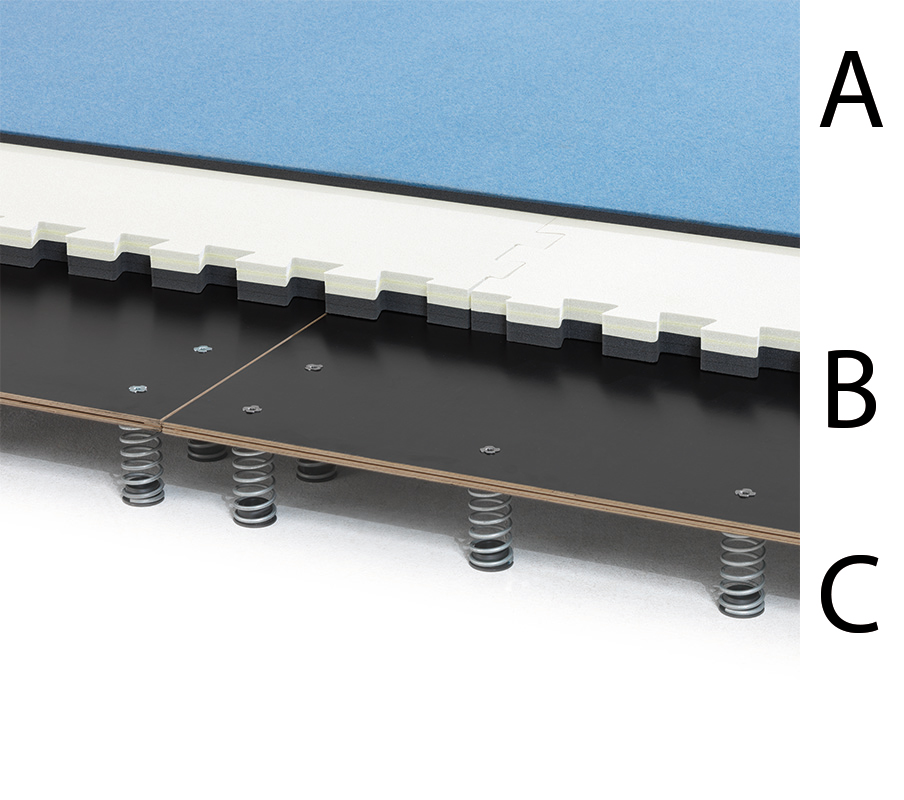
Time-line for Floor Exercise Evolution
• 1930 first time in international competition (World Championships - Men).
• 1936 first time in Olympic Games (men).
• 1938 first time in women’s international competition (World Championships).
• 1952 first time in Olympic Games (women).
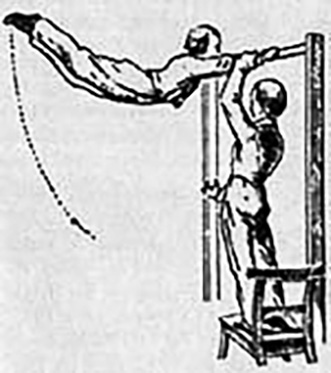
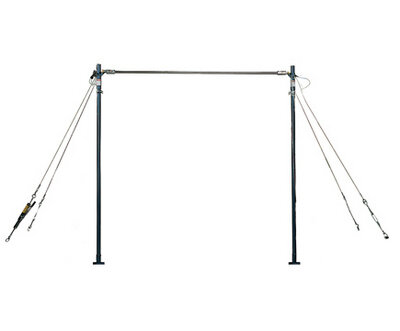
Evolution of the Horizontal Bar
• Historical background. Athletic feats were performed on a horizontal bar by ancient Greek and Roman acrobats. With the development of apparatus for gymnastic exercises, GutsMuths described a horizontal bar in his 1793 book. The term “high bar” was a low German name for a horizontal bar used for hanging items.
Fredrich Ludwig Jahn incorporated a wooden horizontal bar into his Turnverein gymnastics in 1812, (like the one in the upper figure). The bar was relatively thick (8 cm or about 2 and ¾ in diameter). Movements on this apparatus were limited to strength skills and movements performed close to the axis.
Remodeling the horizontal bar began with the insertion of a medal bar into the wood cross piece, which provided more flexibility. By 1850 and thereafter an exclusively medal bar was used. The reduction in diameter of the bar to 28 mm (1.1 inch) facilitated a better grip (illustrated in the lower photo).
1896 Olympic Games. The horizontal bar was contested in this first modern Olympic Games and has continued to be part of men’s artistic gymnastics in the Olympics and World games.
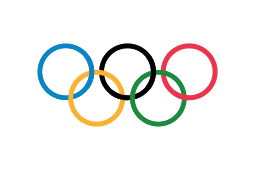
History of Artistic Gymnastic Events in the Olympics
• First Modern Olympics (1896). Men competed on horizontal bar, parallel bars, rings, pommel horse, long horse vault & rope climb; these events are still part of men’s gymnastics today, however rope has been replaced by floor exercise.
• Some temporary changes occurred over the years, e.g., the 1900 Olympics in Paris included pole vault and broad jump in the men’s competition.
• In the 1912 Olympics in Stockholm, 3 types of competitions were held: standard, Swedish and a free system.
• Women gymnast’s first appearance was in the 1928 Olympics in Amsterdam. The events included a choice of parallel bars, rings, vault and events listed as “jumps” and “drills.” Only team medals were awarded.
• The 1932 games in Los Angeles added Indian clubs and tumbling to the event list only for that year’s Olympics.
• In the 1936 Berlin Olympics (the last until 1948) floor exercise was reintroduced and still rings replaced flying rings. These events continued to be the standard. Women’s competition in the Olympics became permanent for the first time; medals were given only for all-around and were based on vault, beam, uneven bars, but also included 2 group exercises. Only team medals were awarded. It was not until 1952 that women’s Olympic gymnastics included floor exercise, along with uneven bars, vault and beam.
History of Gymnastics: Late 20th Century to the 21st Century
• 1984 Rhythmic gymnastics becomes an Olympic sport: Mary Lou Renton is first American women to win Olympic gold in artistic gymnastics.
• 1996 US women (the Magnificent Seven) win the team title in the Olympic Games for the first time (they win again in 2012 and 2016).
• 1999 Trampoline and Tumbling joined USA Gymnastics.
• 2000 Trampoline becomes an Olympic sport.
• 2002 USA Sports Acrobatics merged with USA Gymnastics (becomes fifth gymnastics discipline).
• 2006 Federation of International Gymnastics introduces new scoring system for men and women; two scores are used: one for difficulty and one for execution.
• 2013 Xcel program featuring 10 skill levels to Elite is introduced.
Rhythmic Gymnastics
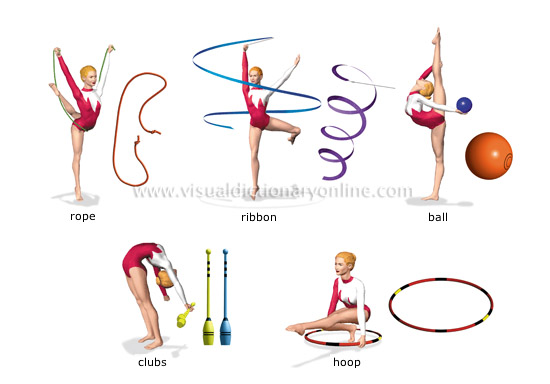
• Elements for rhythmic gymnastics grew from ideas dating back to the early 19th century, which were developed by Pehr Henrik Ling, the father of Swedish gymnastics. Then Catharine Beecher, in the US, developed “harmonic gymnastics” in which women performed exercises during dance movements.
• Use of a hand apparatus (clubs, wands, rope and balls ) was utilized in Turner and Sokol gymnastics, and in 1929 a school in “modern gymnastics,” which is the predecessor of rhythmic gymnastics, was opened in Berlin.
• Origins of competitive rhythmic gymnastics has its roots in the Soviet Union in the 1940s, and in 1963 was recognized as a sport by the International Gymnastics Federation. In 1984 rhythmic gymnastics became an Olympic sport.
• Routines in the sport demonstrate movements of agility, strength, flexibility, coordination and creativity, performed while dancing.
Rhythmic Gymnastics

About Rhythmic Gymnastics
• Rhythmic gymnastics was a component of artistic gymnastics in the 1952 and 1956 Olympics; in 1984 it became an Olympic sport.
• The sport includes two types of competition: individual and group; the latter was added to the Olympics in 1996.
• In contrast to artistic gymnastics, which places an emphasis on tumbling in the floor event, rhythmics emphasizes ballet. Muscular flexibility, good posture, and grace of movement agility and strength are also desired characteristics. All body movements must be coordinated with the movements of a hand-held apparatus (ball, rope, ribbon, hoop or clubs).
• The performance area is 13 X 13 meters (floor dimensions for artistic gymnastics are 12 X 12 m}.
Hand Apparatus in Gymnastics: a Long History
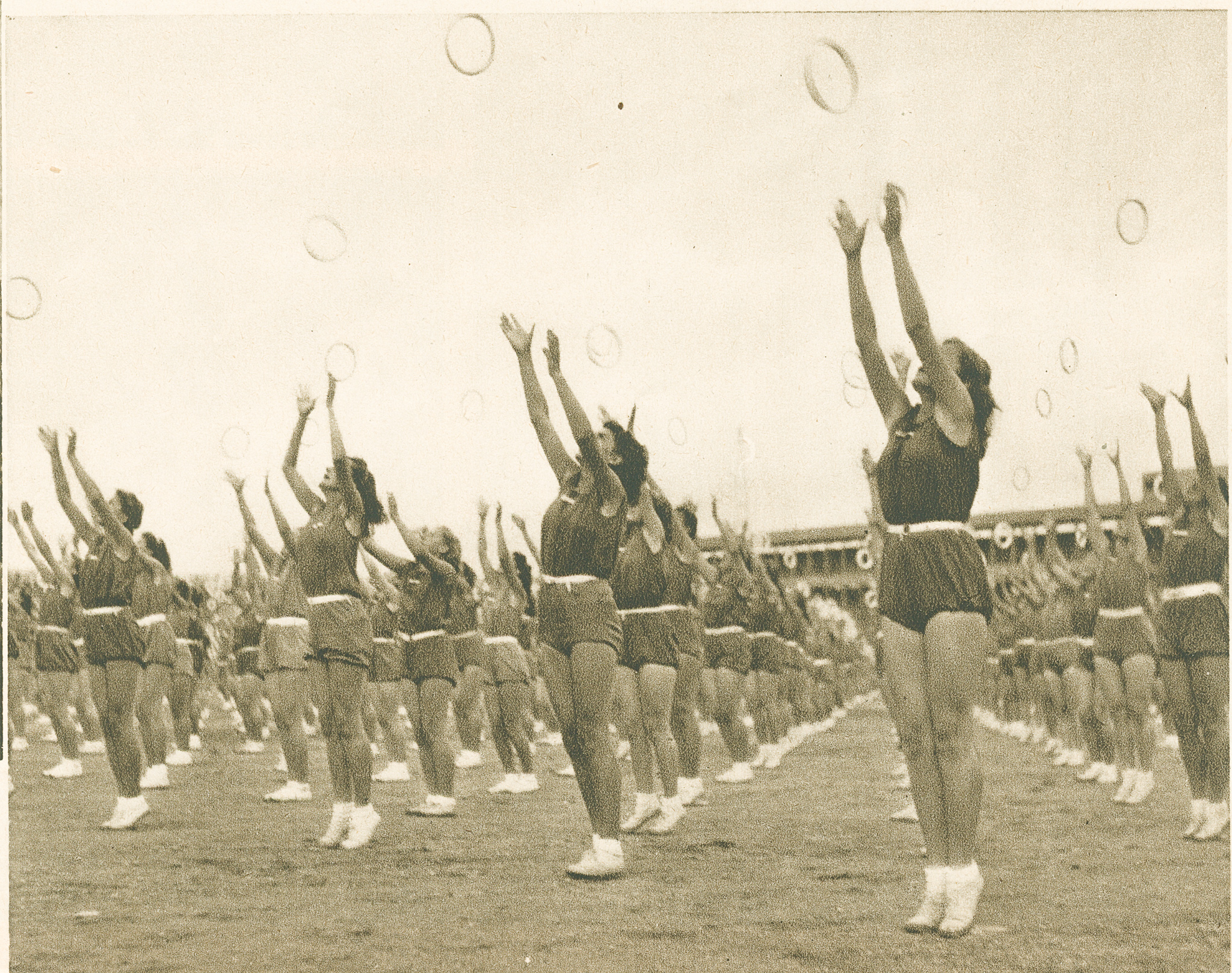
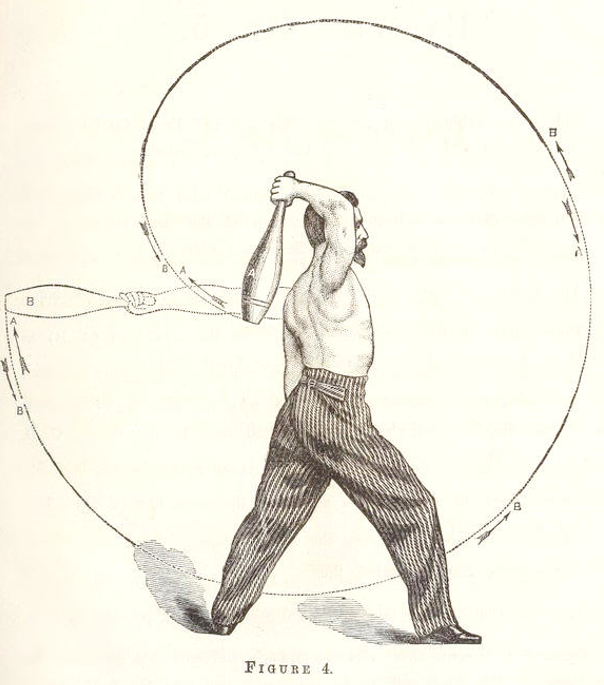
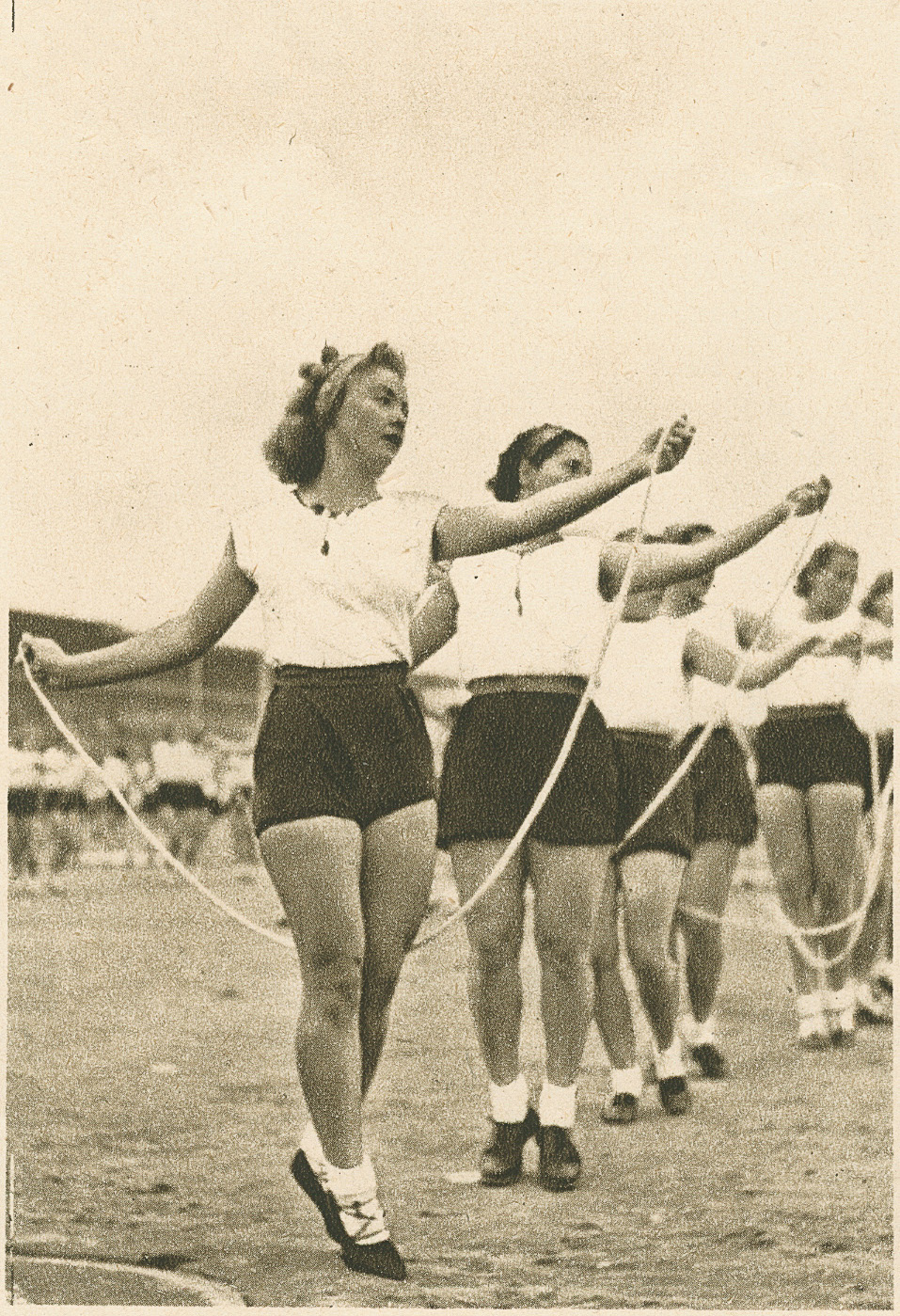
Aesthetic Group Gymnastics (AGG)
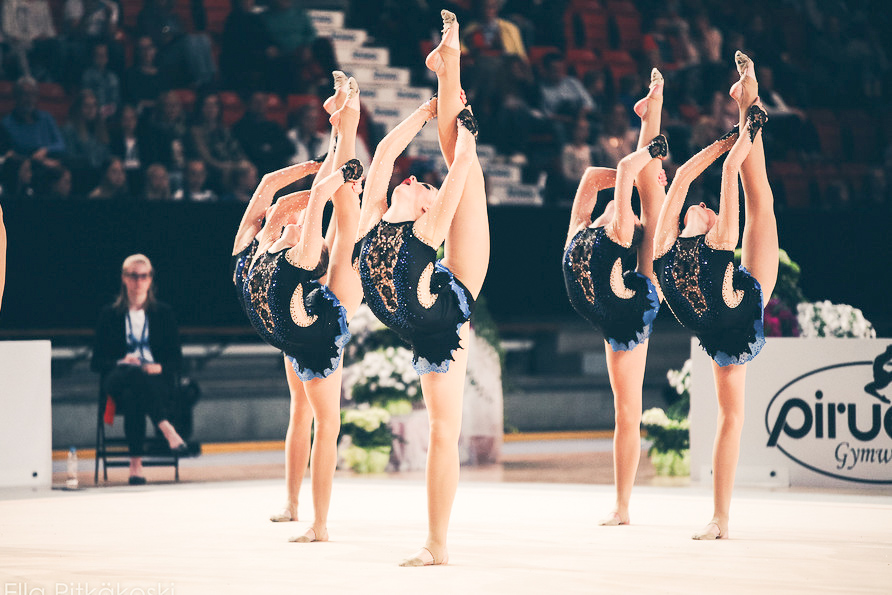
• Official sport since 1996; world championships held annually, since 2000.
• The sport originated in Finland and is dominated by Finns and Russians.
• A group consists of 6-10 female gymnasts.
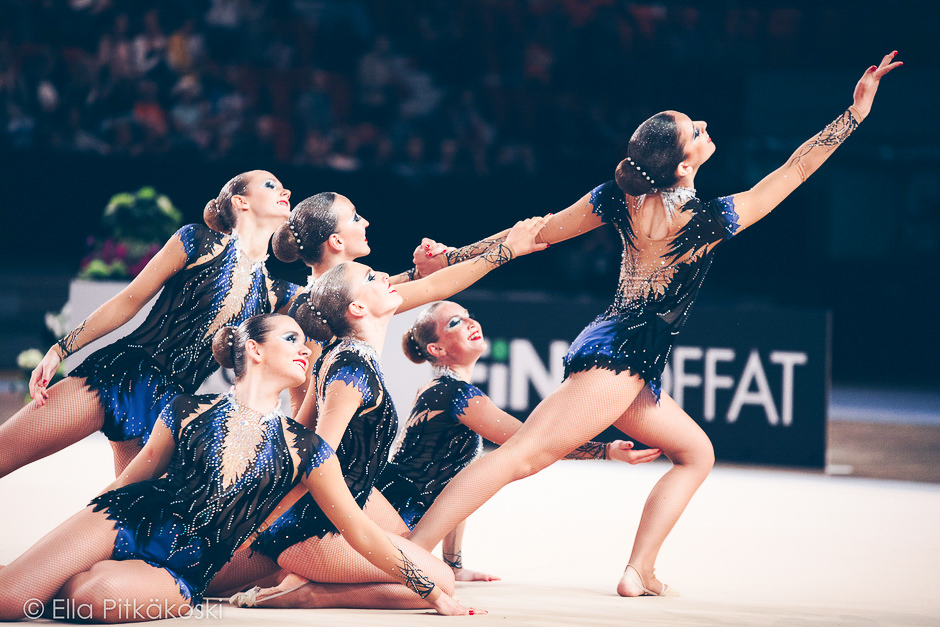
Tumbling: a Skill, Event, and Sport
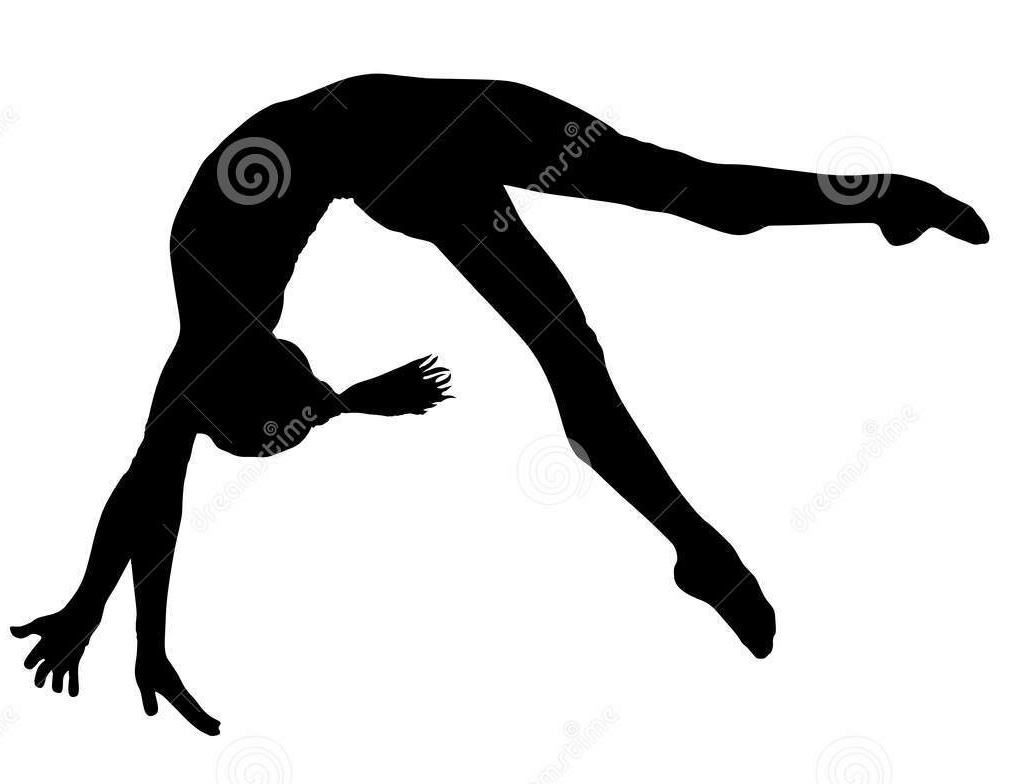
Image from Dreamstime.com
• Tumbling skills were used in training for gymnastic events: horizontal bar, parallel bars and floor exercise.
• AAU included tumbling as an event in 1886 (men) and 1938 (women). NCAA included the event until 1962.
• Tumbling was an event in the 1932 Olympics, and the 1955 & 1959 Pan American Games.
• Acrobatics and Tumbling became an NCAA sport for women in 200-2021.
Trampoline: USA’s Contribution to Gymnastics
• Trampolines used for training gymnasts and divers.
• 1947 - 1964: trampoline is included in college and AAU gymnastics.
• 1955 & 1959 Pan American Games include trampoline.
• 1964: trampoline is an event in the World Championships, but becomes extinct in American gymnastics, due to injuries.
• 1967: trampoline recognized as sport in US.
• 2000: trampoline becomes an Olympic sport.
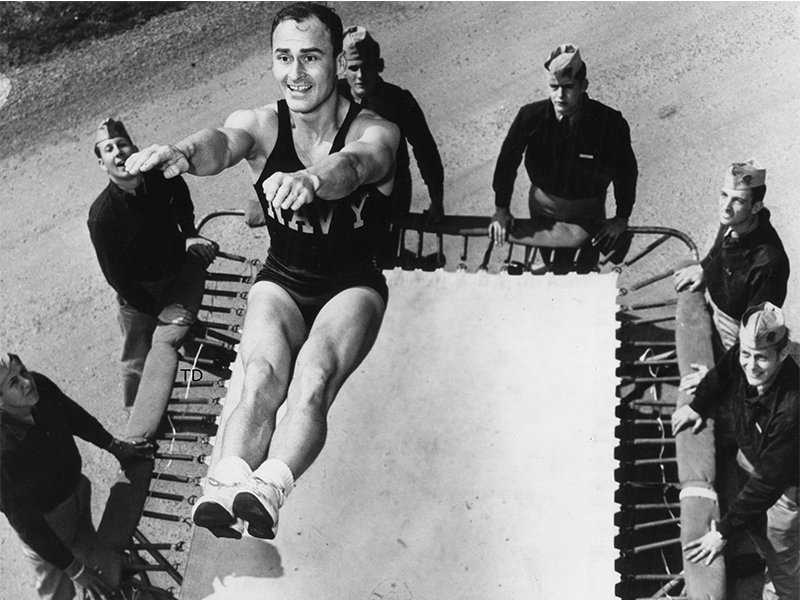

Artistic Gymnastics Scoring and Developmental Levels
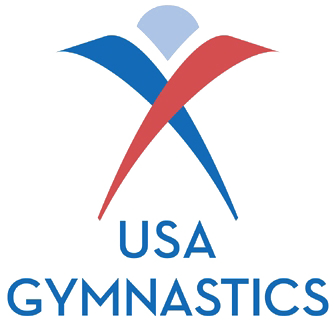
Scoring Gymnastics
• Levels 1 - 3 address essential elements, that may be taught in a recreational class and do not include competition.
• Levels 4 and 5 are the first stages of competition using compulsory routines.
• Level 6 utilizes optional routines, and Level 7 includes both optimal and compulsory routines.
• Levels 8 – 10 focus on advanced optional routines and enable entry into the Elite class.
Developmental Levels
• Six judges consider: 1) difficulty and 2) execution, scored separately and the scores totaled. Highest and lowest scores are dropped.
• Difficulty of performance skills is awarded 0.1 – 1.0 points for each skill. There are 7 categories of difficulty for women and 6 for men.
• Execution scoring involves deductions from a score of 10 for various faults in execution, presentation and technique.
• Scoring in rhythmic gymnastic is similar in that difficulty and execution are the 2 considerations. Rhythmic gymnasts compete both individually and in groups.
